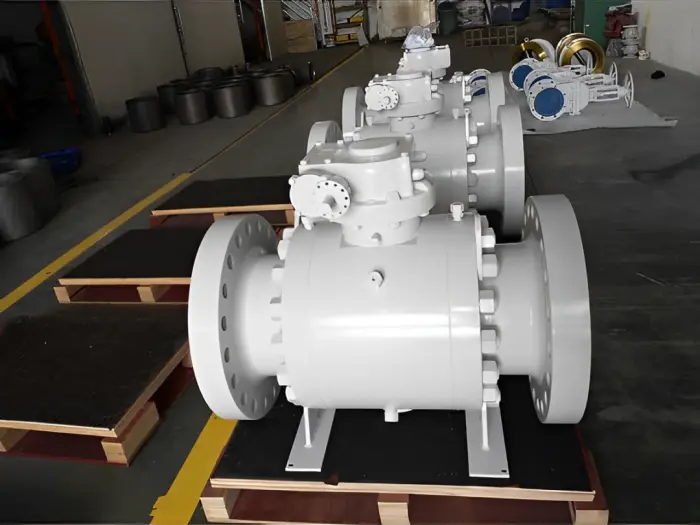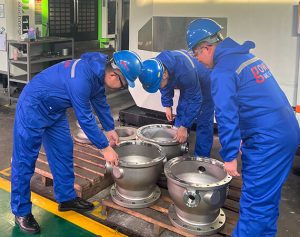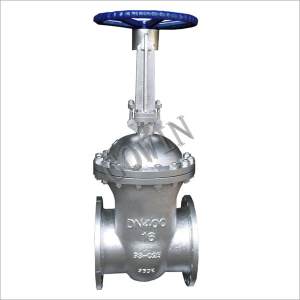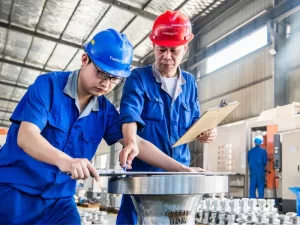The double block and bleed valve (DBB) is an essential component to several industrial machinery because it isolates a section of a pipe and releases any trapped materials to reduce pressure and more. This achieves safe operation in the whole system.
This article will present an in-depth analysis of DBB valves, covering their definition, main roles, and much more.
Double Block & Bleed Valve Definition and Key Components
A double block and bleed valve is a type of industrial item composed of two isolation valves that are often separated from each other. Furthermore, it also featured a bleed valve between the two sealing components in a single body to make safety and maintenance easier.
Their two isolation or sealing components tend to have ball or gate designs; they’re used to block the media in a pipe portion. Meanwhile, the bleed or vent valve, usually a needle type, is utilised to safely remove the medium trapped between the sealing components.
How Does a Double Block and Bleed Valve Work?
When both the isolation valves are open, it allows the medium to pass through the valve to the pipes. Close both the isolation valves if you need to isolate a pipe’s section for maintenance or avoid mixing the different mediums on each side. Thus, this will trap the remaining medium in the middle of the valves as it prevents both upstream and downstream flow.
After isolating, open the bleed valve to properly drain any trapped media within. This is a vital step because you can depressurize before maintenance or check for contaminants in the medium.
When the media in the bleed valve has been completely emptied, you can proceed to maintenance while the system remains running without losing any gas or liquid.
If you need a visual presentation and want to learn more about them, this video may be helpful to you.
Double Block and Bleed Valve Uses in Emergency Shut Down System and Hazardous Location
Double block and bleed valves may rapidly isolate a pipe section by simply shutting the two sealing components. Thus, it reduces the potential for leaks by stopping the passage of mediums, especially hazardous ones.
DBB designs also have increased reliability as they feature two block valves. Even if one valve fails, the other can still prevent the medium from flowing and uncontrolled release of it. As a result, DBB is an essential component in an emergency shutdown system.
Furthermore, the double block and bleed valve have a tight seal because of the single piston effect its seat creates. This makes it ideal for application in environments that have flammable materials as well.
Additionally, DBB reduces possible damages in the system as their designs are for easy pressure relief too. Thus, they are also aligned with the API and OSHA standards for hazardous locations.
How to Choose the Right DBB Valve Manufacturers?
One of the factors to check is if the manufacturer has multiple certifications that show its reliability and follows international standards like API 6D. Additionally, besides the manufacturer’s experience and their range of products, analyse if they implement strict quality control and testing methods.
If you’re looking for a reliable double block and bleed valve manufacturer today, then Gowin might be for you. Additionally, some of their products, such as their metal-seated ball valves, already include a DBB. This demonstrates their commitment to producing high-quality valves and ensuring their customers’ safety.
So, contact them if you have any more queries and consider getting a quote now.
Frequently Asked Questions
What is a bleeder?
The bleeder in double block and bleed valve is where users can precisely release the trapped medium. This is necessary for keeping protection and efficiency in many kinds of applications.
What are the requirements for a double block and bleed valve?
One of the requirements for a double block and bleed valve is that it complies with numerous industry international standards, which include it having a tight seal and quick on/off operation, especially during emergency shutdowns.








